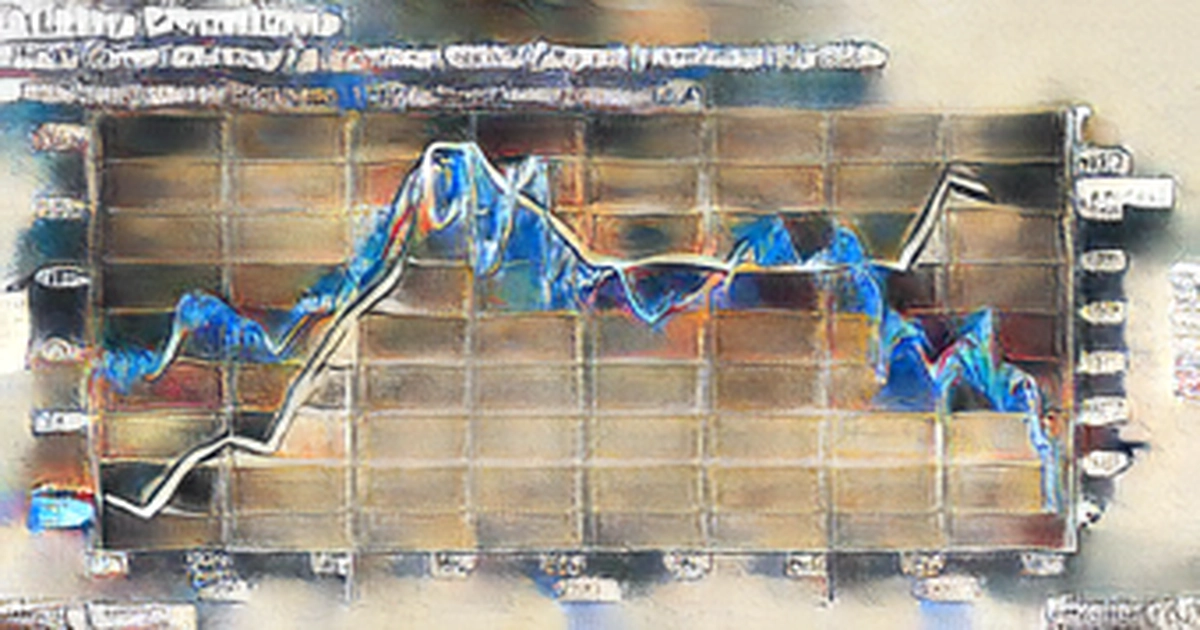
The central bank of India is fighting on several fronts to slow down the decline of the rupee to fresh records, with little respite in sight.
The Reserve Bank has challenges including a crash in forward dollar premiums and rising open interest in futures that adds to pressure on the currency. The pressure will continue despite the shrinking interest rate differentials with the US, increased oil prices and a widening trade deficit, according to strategists.
The RBI has been intervening in all markets to defend the rupee, said Dhiraj Nim, economist and FX strategist at Australia New Zealand Banking Group Ltd. The central bank and the rupee will have to intervene to smooth the depreciation path because of the pressure on the rupee. The rupee closed down 0.3% to 78.97 a dollar on Wednesday, extending the year's losses to 5.9%. RBI s stance is that it intervenes to curb currency volatility and not influence its direction. Below are charts showing the central bank intervention on different fronts.
The central bank has used the spot forex market to ease currency volatility. The nation's forex reserves are down $43 billion this year due to the interventions and revaluation of strength in the dollar. The RBI has been careful in spending its reserves in the past because of higher crude prices and record outflows from domestic equities.
QuantEco Research believes that the currency will drop to 81 to a dollar by March, while substantial FX reserves and India's long-term economic potential will buffer any precipitous decline of the currency.
The RBI has been dipping into its $64 billion long-dollar book to offset some of its spot intervention. According to Vivek Kumar, an economist at QuantEco Research, the monetary authority is entering buy sell swaps to offset the impact of spot sales on reserves and money market liquidity. The dollar's forward premiums have fallen to levels not seen in a decade.
According to Emkay Global Financial Services Ltd., the cash dollar shortage and the fall in premiums could weighing on the rupee, as well as encourage importers to demand dollars and disincentivize carry trades.
The RBI is a late entry into the offshore market. Only two years ago, it allowed domestic banks to trade in overseas markets. A special hub in the western Indian state of Gujarat, where an onshore NDF market has started, is also drawing some liquidity.
The spread between offshore and onshore markets was narrowed by the move from 100 basis points in March 2020 to little difference between the two.
If we want today, because of the presence of Indian banks, we can wipe out the arbitrage in two minutes, RBI Deputy Governor Michael Patra said on Friday. The NDF market has become an ally. In the past few months, the RBI has been active in the futures market. Pressures on the currency were added Tuesday as there was a huge build-up of open interest positions on the expiry day. The central bank is said to have rolled over some of its contracts to July maturity, a person familiar with the matter told Bloomberg News.
Bhaskar Panda, a senior vice president at HDFC Bank Ltd, said that RBI's intervention in the futures markets is smart as they won't lose dollars with the contracts being settled in rupees while still influencing spot markets with smaller amounts.
Is it possible that Google Can Drag It Into the Future?
